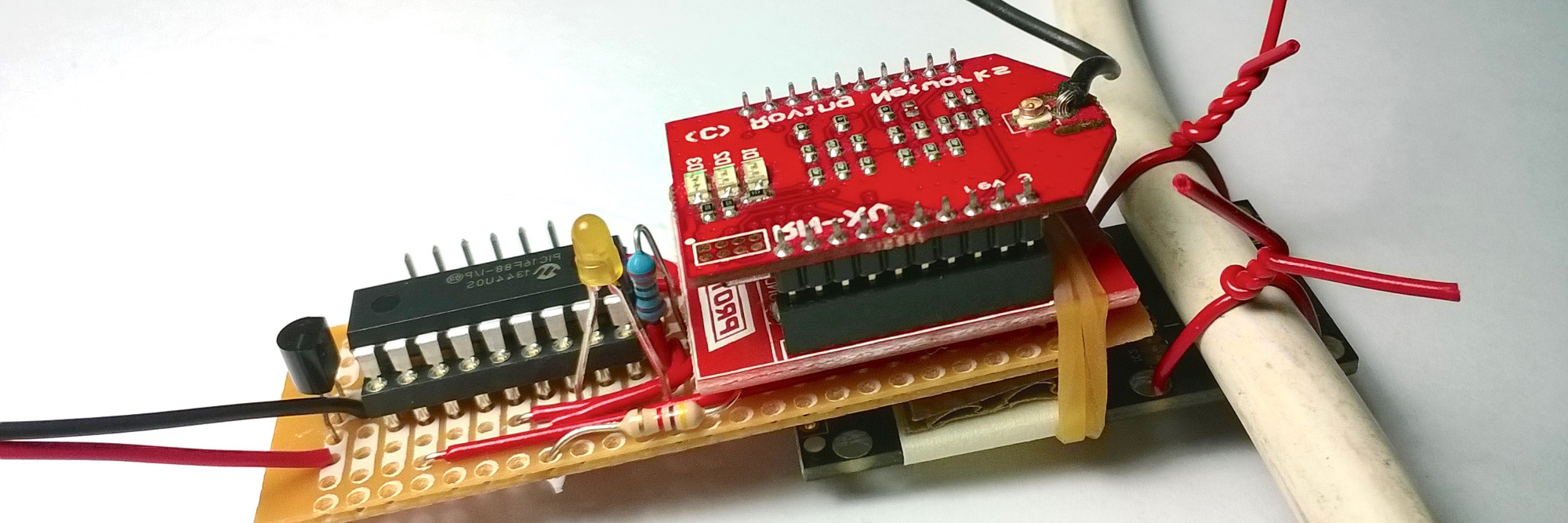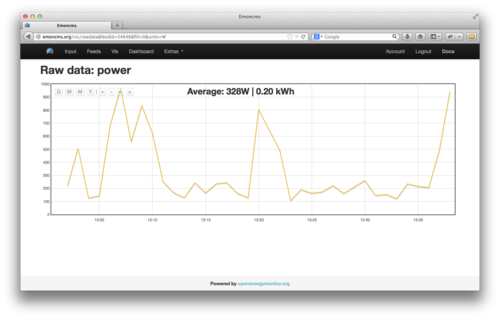
Do you leave the house and wonder whether you left the iron, hair straighteners or oven switched on? Or do you compulsively check everything three times before you leave? I thought it would be helpful to check one or two key appliances via the web.
There are various devices (like WeMo) that let you switch appliances on and off with your phone (from anywhere). I wanted to make a cheaper version that just measures the current drawn by an appliance.
I wanted to prototype a device that could be easily fitted (safely and without any tools) to a home appliance. Because of this, I ruled out measuring the voltage across a series resistor (which would require a physical connection).
I'd almost ruled out a Hall effect sensor, which usually require the live or neutral wire within a three cord flex to be separated, when I came across this module from Modern Device. It uses two Hall sensors and op amps to measure the current in just one core.
The module has three connections: supply voltage, ground and a linear voltage output that varies proportionately with the current sensed. Here's the output when used to measure a few different loads (I need a variable load to fill in the gaps):
.png)
Once I could measure the current, I needed a way to upload the measurement to the web. I found some nice WiFi modules on Sparkfun.
Getting them to work was a little frustrating at times (details for the keen), but by and large they allow me to periodically update a website with the current measurement, which can be checked with a phone.
Emoncms.org is a great solution for little power measuring projects. It provides an API that lets users upload data into individual feeds, format it if required, then visualise it - either as a public or private chart.
Here's some dummy data sent from my prototype to Emoncms:

I used a PIC16F88 microcontroller to read the current sensor and send the data to the web. The program configures the WiFi module to join our home network, read the appliance's power and upload it to the web.
Here's the circuit on a breadboard, and the same circuit on stripboard:

.jpg)
Since this project, the extraordinary cheap ESP8266 has become available, so I'm planning a second iteration on a PCB, with a LiPo battery built in. Watch this space…